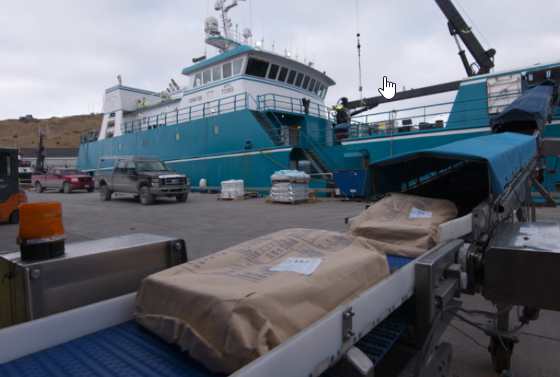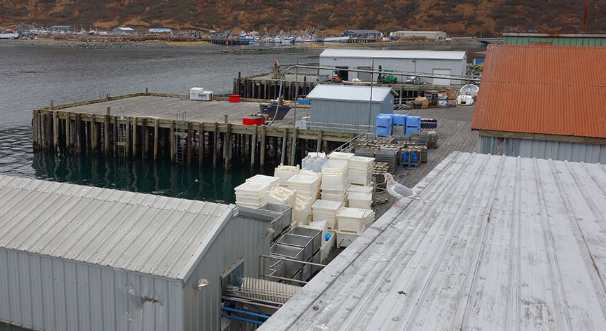 |
A decline in the domestic workforce for the seafood industry’s harvesting and processing sector is prompting efforts for modernization and automation of the harvest to reduce the number of workers needed, while increasing skills required of those who get the jobs.
That was the message from Gleyn Bledsoe of Washington State University’s Center for Advanced Food Technology to the 69th Pacific Fisheries Technologists Conference in Girdwood, Alaska.
“We don’t have the workers… we lack a stable workforce,” Bledsoe told several dozen conference participants during the first morning of the February 5–7 conference. Many young people in the United States and other countries are choosing less strenuous and safer livelihoods not limited to the seafood industry, he said.
This has left many in the harvesting and processing sectors dependent on a semi-skilled to unskilled immigrant and guest worker labor force that is becoming more difficult to populate and maintain, he explained. The industry’s response has been to modernize and automate their harvest, onboard and shoreside facilities so that the work can be done with fewer people who have more skills. Seafood engineers are approaching the challenge by implementing automated, including robotic, technologies designed to reduce operator numbers and skill requirements and simultaneously develop training program to provide employees with the skills to operate and maintain that equipment.[xyz-ihs snippet=”Adsense-responsive”]Washington State University’s School of Food Science’s Center for Advanced Food Technology has now teamed up with WSU’s School of Engineering, Everett Community College Advanced Manufacturing Training and Education Center, North Pacific seafood companies and seafood processing equipment manufacturers to expand current systems and robotics to address these needs and provide associated training programs. More information about the conference is available online at www.pftfish.net
Fishermen’s News Online grants permission to the Alaska Native News to post selected articles. Read More at: Fishermen’s News Online.









